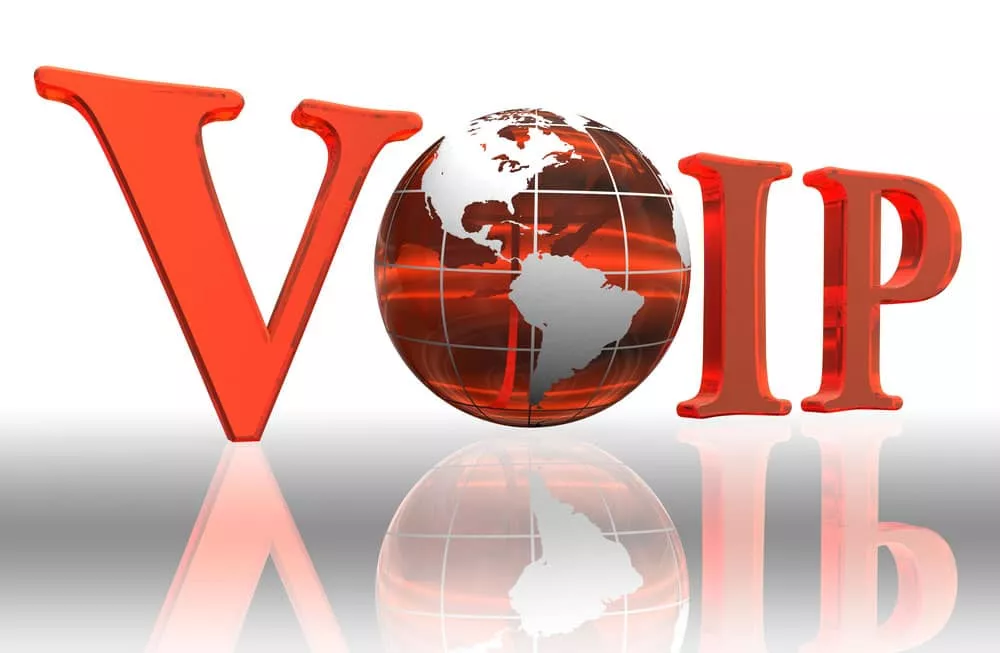VoIP is an evolving technology which is ever increasing in popularity, and yet few know of its earlier humble beginnings. Here are 12 facts to shed some light on this revolutionary technology and dispel some of the myths that have dogged its otherwise positive reputation.
It dates back over 20 years
Despite its debut in the 90s, the earlier elements of VoIP can be traced back to calls made in 1974 by ARPANET. It wasn’t until Vocaltec revolutionised the technology and brought about what we know now as VoIP in 1995 that it grew roots and really took off. It originated as a project at home, then was later released as the InternetPhone, allowing for the first calls between computers and phones by 1998.
It grew from economic difficulties
Rising prices of calls and hardware led to the need for a new means of communication, with a demand for reasonably priced price calls and more cost-effective set-up for businesses that relied on local and international connectivity. VoIP ticked these boxes to provide installation, scalability and communication that was far cheaper and convenient than its PTSN counterpart.
VoIP wasn’t always without charge
In the early days, those using VoIP were subject to advertisements and call charges that were, although reduced, not free. When the technology developed and gained in popularity, calls increasingly became cheaper and in many cases free.
Fast growth for the international VoIP wholesale provider
With the advent of communications brands such as Skype and the growth of the internet in terms of efficiency and user numbers, VoIP was able to boom. It accounted for a mere 1 to 3% of all voice calls between 1998 to 2002, rising to 25% as early as 2003. This upward trend has continued and looks set to increase.
There are still negative myths
The old stigma that tainted VoIP in the early days still remains in some dusty corners, with myths such as poor call quality being hard to dispel, despite quality and reliability having markedly improved. It’s often thought that installation is expensive and time-consuming, and yet the service can be installed and set up within 24 hours.
Businesses using VoIP can scale the system up or down easily to reflect their needs, adding or removing lines, and the service provider will take care of updates through the cloud to streamline and simplify the process. Another inaccurate assumption is that VoIP is not secure, however reliable providers such as IDT take the safety and security of the network extremely seriously to ensure the most effective protection against threats is in place.
Finally, the misconception that VoIP doesn’t allow for emergency calls as the service isn’t connected to a physical address can be refuted. Calls to emergency services will always route to the nearest department.
Superior call quality
To dispel the myth, call quality via VoIP is on par with PTSN to the extent that you can’t tell that a call is made from or to a VoIP service. Reliability has also greatly improved with the introduction of Ethernet and fast broadband. Because it uses the Internet rather than copper wires, VoIP is less vulnerable when it comes to loss of service, while it also uses numerous network routes so that any issues can be isolated without affecting the whole network. The result is a smoother, more reliable service with superior call quality.
Automated dialling
VoIP has become a versatile, powerful technology that even allows for automated calls to be made, increasing time-efficiency for businesses where numerous calls are initiated by simply scheduling numbers that are to be dialled.
Phone-free calls
The set-up for phone-free VoIP is relatively straightforward. All that’s required are a computer, phone or tablet with microphone and speakers, internet access and a VoIP account which may or may not require a software app depending on the system used.
It’s connected the world
VoIP has brought countries, individuals and businesses together across the seas and without the previous limitations in telecommunications. This technology has connected countries without PTSN and allowed for more international calls and communications than ever before. VoIP international call costs are low, reducing costs by up to 90% in comparison with PSTN. It’s little wonder that 70% of business either have or intend to utilise VoIP.
VoIP boosted outsourcing
Without the need to tie a business down to a region with appropriate or affordable PSTN, call centres were able to move offshore, moving in many cases to countries that offered cheaper labour. It’s also possible to have an area code attached to, for example, the USA, while the company call centre is based in another country. Whilst views on outsourcing may vary, it is a good example of the internationalisation potential of VoIP.




